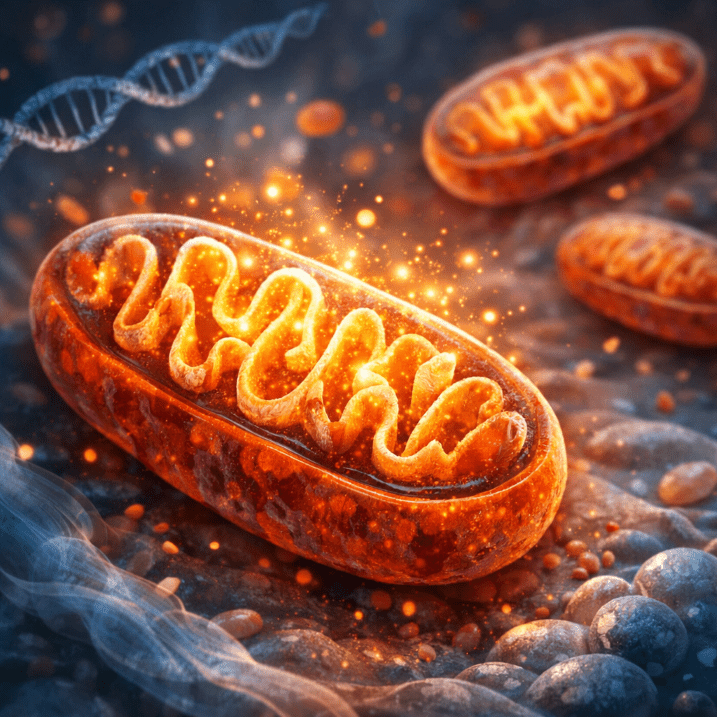Introduction
Heavy metals, although certain ones like iron and copper are essential in trace amounts for the proper functioning of the human body, can become silent health disruptors when present in excessive quantities. Heavy metal toxicity is a growing concern due to increased environmental pollution, industrial activities, and dietary choices. In this post, we will delve into these toxic metals, exploring their impact on the body, sources in our environment and diet, and effective methods for detoxification and prevention.
What Are Heavy Metals?
Heavy metals are metallic elements with high atomic weights and densities. While some heavy metals like iron, copper, and zinc are essential for various physiological functions, others, such as lead, mercury, cadmium, and arsenic, can be toxic even in minute amounts. Their toxicity arises from their ability to accumulate in the body over time, disrupting cellular processes and leading to various health issues.
Heavy Metal Toxicity
Metal toxicity occurs when the concentration of these elements surpasses the body’s natural detoxification mechanisms, leading to adverse health effects. Common sources of exposure include contaminated air, water, soil, and certain consumer products. The symptoms of heavy metal toxicity can vary widely, making it challenging to diagnose. They may include fatigue, neurological issues, gastrointestinal problems, and impaired organ function.
Heavy Metals in the Body
Understanding how heavy metals enter and accumulate in the body is crucial for developing effective prevention and treatment strategies. Inhaled air pollutants, contaminated water, and certain occupations, such as mining and metalworking, contribute to the absorption of metals. Once inside the body, these metals can bind to proteins and accumulate in tissues, particularly the liver, kidneys, and brain.
Why Heavy Metal Testing Matters
Toxic metals, such as lead, mercury, cadmium, and arsenic, can accumulate in the body over time, posing serious health risks. These metals, prevalent in air, water, soil, and certain foods, may lead to various health issues, from neurological disorders to cardiovascular problems. Heavy metal testing provides a window into an individual’s exposure levels, helping identify potential sources and enabling proactive measures before symptoms manifest.
Methods of Heavy Metal Testing
Several methods are employed to assess heavy metal levels in the body. Blood tests commonly measure recent exposures, reflecting what is circulating in the bloodstream. However, they might not capture long-term exposure. Hair analysis offers a retrospective view, indicating metal accumulation over months. Urine tests detect metals the body actively eliminates, providing insights into ongoing exposure.
Indications for Heavy Metal Testing
Heavy metal testing is recommended in various scenarios. Occupational exposure, proximity to industrial areas, or residing in regions with environmental contamination heighten the risk. Individuals with unexplained symptoms such as fatigue, cognitive issues, or gastrointestinal problems may also benefit from testing. Additionally, those considering detoxification or chelation therapies should undergo testing to guide targeted interventions.
Interpreting Results and Next Steps
Interpreting test results requires expertise to distinguish normal variations from concerning levels. Elevated readings prompt a comprehensive assessment of potential sources and, if necessary, formulate a personalized detoxification plan. Working with a healthcare professional is crucial for developing an effective strategy tailored to an individual’s unique circumstances.
How to Detox Heavy Metals
Addressing heavy metal toxicity involves eliminating or reducing exposure and enhancing the body’s natural detoxification processes. Detoxification protocols should be approached with caution and under the guidance of a healthcare professional. Several strategies can support the detoxification of toxic metals:
Chelation Therapy:
Chelation involves chelating agents that bind to these metals, facilitating their excretion from the body. Common chelating agents include EDTA, DMSA, and DMPS. Chelation therapy should only be administered under the supervision of a qualified healthcare provider. These chelating agents are not something that I can prescribe. However, other supplements can help detoxify heavy metals.
Dietary Changes:
Certain foods can help support the body’s natural detoxification processes. Garlic, cilantro, and chlorella are believed to have very mild chelating properties. Additionally, adopting a diet rich in antioxidants from fruits and vegetables can enhance the body’s ability to neutralize free radicals generated by heavy metal exposure.
Hydration:
Staying adequately hydrated supports kidney function, a critical organ for filtering and excreting toxins, including heavy metals. Drinking purified water helps minimize exposure to contaminated water sources.
Sweating:
Regular exercise and activities that induce sweating, such as sauna sessions, can aid in the elimination of heavy metals through the skin. You do not have to use a sauna. Sitting in a hot car for a few minutes, exercising, having a hot bath, or any other activity that provokes sweating works.
Heavy Metals in Foods
The presence of toxic metals in foods is a significant concern, as diet is a common route of exposure. Contamination can occur through the soil, water, and air used in agriculture, as well as through processing and packaging. Some of the most common harmful metals found in foods include:
Mercury:
Mercury is predominantly found in large predatory fish such as shark, swordfish, tuna, and king mackerel. Mercury contamination can also occur in certain rice varieties.
Lead:
Lead is found in some fruits and vegetables, particularly those grown in lead-contaminated soil. Additionally, lead may be present in drinking water and canned goods. Paint used in older homes may be lead-based.
Cadmium:
Cadmium is commonly found in shellfish, grains, chocolate, soy products, and leafy vegetables. Tobacco smoke is a significant source of cadmium exposure.
Arsenic:
Arsenic is present in rice, particularly brown rice, and apple juice, as well as in drinking water. Seafood, poultry, and certain fruits can also contain arsenic.
Diseases Associated with Heavy Metal Toxicity
Heavy metal toxicity has been linked to various health conditions. Understanding these associations can aid in early detection and targeted interventions. Some diseases associated with heavy metal toxicity include:
Neurological Disorders:
Mercury and lead exposure have been implicated in neurodevelopmental disorders in children and neurodegenerative diseases in adults, including Alzheimer’s and Parkinson’s.
Cardiovascular Issues:
Cadmium exposure is associated with an increased risk of cardiovascular diseases, including hypertension and atherosclerosis.
Renal Dysfunction:
Cadmium and lead can accumulate in the kidneys, leading to impaired renal function and an increased risk of chronic kidney disease.
Gastrointestinal Problems:
Heavy metals like lead and arsenic can cause gastrointestinal issues, including abdominal pain, nausea, and diarrhea.
Reproductive Health Issues:
Mercury, lead, and cadmium can negatively impact reproductive health, leading to fertility issues and developmental abnormalities in children.
Conclusion
In the face of increasing environmental pollution and industrial activities, the threat of heavy metal toxicity looms large. Recognizing the sources of exposure, understanding the symptoms, and adopting proactive measures are essential for safeguarding our health. A combination of dietary changes, hydration, and, when necessary, medical interventions can play a crucial role in detoxifying the body from heavy metals and preventing associated health issues. By promoting awareness and responsible practices, we can collectively work towards minimizing the impact of harmful metals on our health and the environment.
Heavy Metal Toxicity References
- Clarkson, T. W., Magos, L., & Myers, G. J. (2003). The toxicology of mercury—current exposures and clinical manifestations. New England Journal of Medicine, 349(18), 1731-1737.
- Järup, L. (2003). Hazards of heavy metal contamination. British Medical Bulletin, 68(1), 167-182.
- Flora, S. J. (2009). Structural, chemical and biological aspects of antioxidants for strategies against metal and metalloid exposure. Oxidative Medicine and Cellular Longevity, 2(4), 191-206.
- Goyer, R. A., & Clarkson, T. W. (2001). Toxic effects of metals. In Casarett and Doull’s toxicology: the basic science of poisons (6th ed., pp. 811-867). McGraw-Hill.
- World Health Organization. (2010). Exposure to cadmium: a major public health concern. Retrieved from https://www.who.int/ipcs/features/cadmium.pdf

